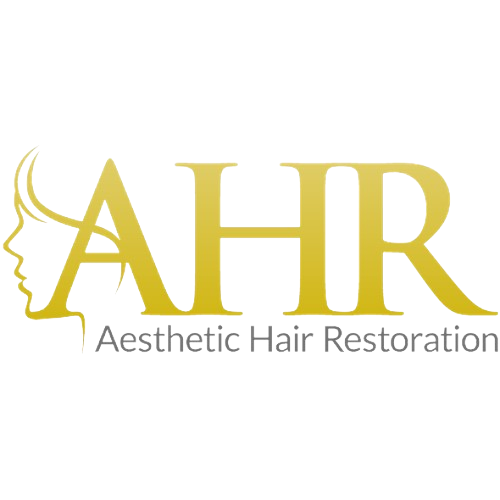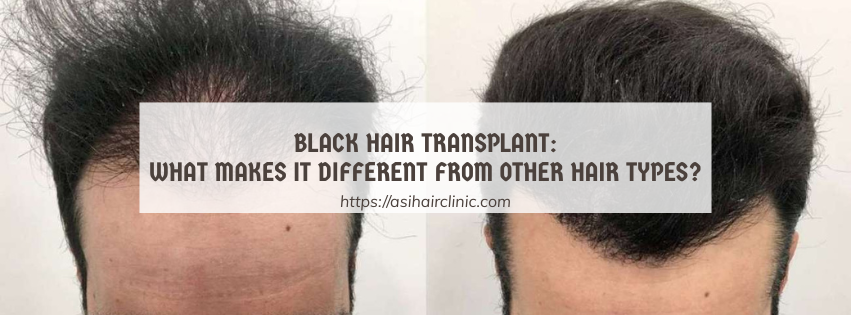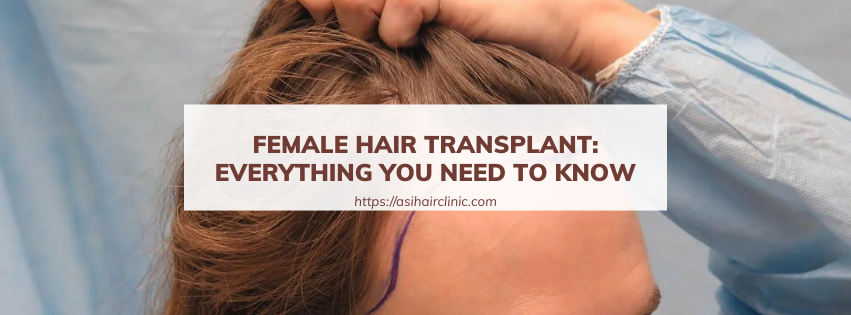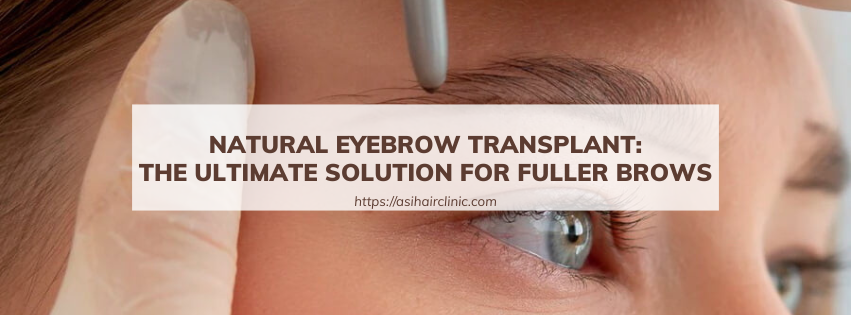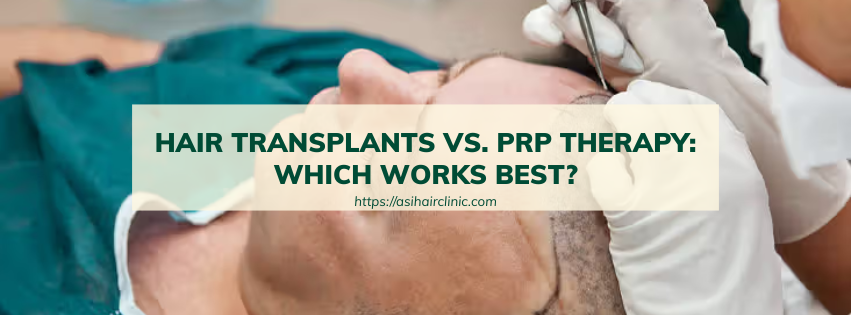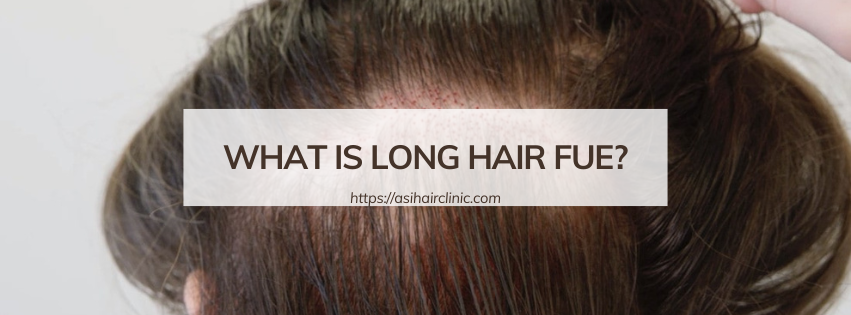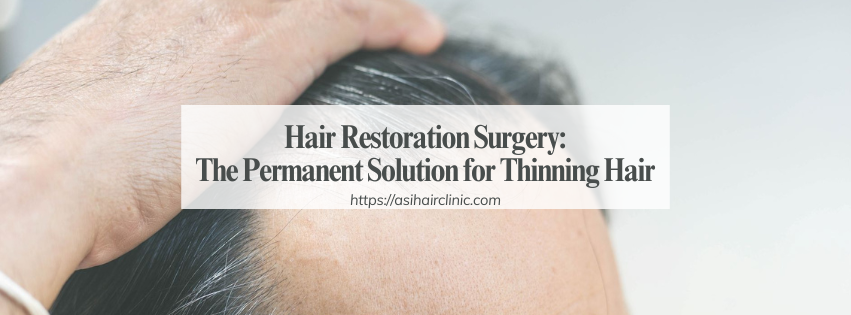How to Fix Broken Hair: The Ultimate Guide
When it comes to hair care, one of the most frustrating issues many people face is how to fix broken hair. Broken hair can manifest in various forms, from split ends to overall frizziness, and can detract from your overall look. Understanding the reasons behind hair breakage and knowing how to address it effectively can lead to healthier, luscious locks that shine with vitality.
1. Understanding Hair Breakage
Hair breakage is a common issue faced by both men and women worldwide. It’s essential to delve deeper into what hair breakage entails and the factors contributing to it. By understanding the mechanics of hair, we can better equip ourselves to tackle this problem head-on.
1.1. What is Hair Breakage?
Hair breakage occurs when individual strands of hair become weak and brittle, ultimately leading to the hair breaking off mid-strand. This can result in uneven lengths, frizz, and an overall unhealthy appearance. Each strand of hair has three layers: the cuticle, cortex, and medulla. When any of these layers are compromised-often due to external stressors-breakage can occur.
The cuticle acts as the outer layer, providing protection. When it becomes damaged or lifted, the underlying cortex is exposed, making the hair more susceptible to breakage. Signs of hair breakage include split ends, rough texture, and excessive flyaways. Frequent breakage can lead to a cascade of hair health issues, so recognizing it early is crucial.
1.2. Common Causes of Hair Breakage
Hair breakage can stem from a plethora of sources, both internal and external. Understanding these causes will empower you to take preventive measures and create a robust plan for maintaining healthy hair.
Environmental factors play a significant role in hair health. Exposure to harsh weather conditions such as sun, wind, and extreme temperatures can strip moisture from the hair, leaving it dry and prone to breakage. Additionally, chlorinated water from swimming pools can cause further damage, making it crucial to protect your hair before diving in.
Another major contributor to hair breakage is improper hair care practices. Over-washing, using the wrong products, and subjecting hair to frequent heat styling without protection can lead to irreversible damage. Furthermore, chemical treatments like coloring, perming, or relaxing can weaken hair structures, resulting in increased fragility.
Lastly, nutritional deficiencies can also impact hair strength. Lack of essential vitamins and minerals, particularly proteins, omega-3 fatty acids, and iron, can hinder hair growth and resilience, making it more vulnerable to damage over time.
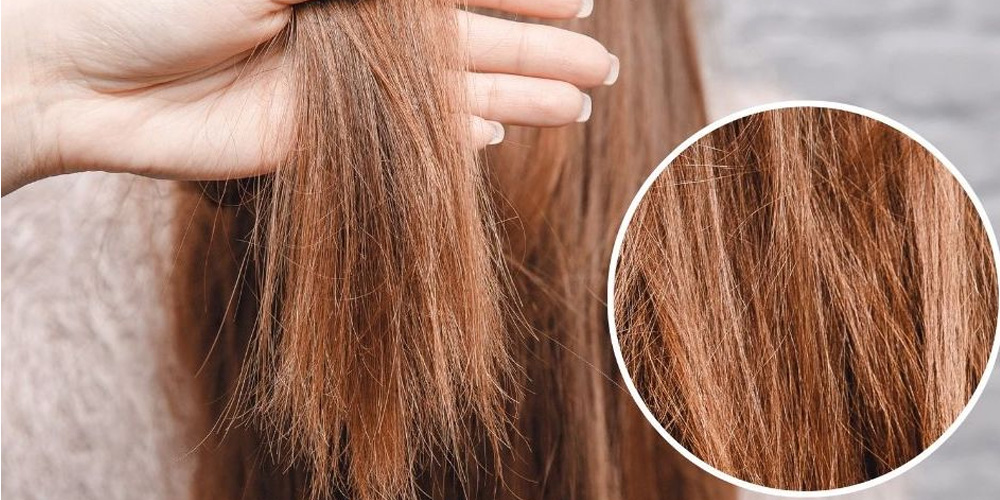
2. How to Fix Broken Hair
Once you've identified the causes of hair breakage, it's time to explore effective strategies on how to fix broken hair. With a thoughtful approach to your hair care routine, you can restore its health and vitality.
2.1. Trim Split Ends Regularly
One of the simplest yet most effective ways to combat broken hair is to regularly trim those pesky split ends.
Split ends occur when the protective outer layer of the hair becomes damaged, causing the hair to fray and split into two or more strands. Ignoring split ends can lead to further damage along the hair shaft, ultimately causing more breakage. Scheduling regular trims-every six to eight weeks-is essential in keeping hair healthy and preventing the spread of damage.
Many may feel reluctant to cut their hair, fearing they will lose length. However, trimming split ends can actually promote healthier growth. Removing damaged ends allows for more energy and nutrients to reach the healthier parts of the hair, fostering its natural growth cycle. Embracing regular trims is tantamount to investing in long-term hair health.
2.2. Use a Gentle Hair Care Routine
Transitioning to a gentle hair care routine can significantly contribute to repairing broken hair. Choosing the right products is paramount in ensuring minimal damage while maximizing nourishment.
Begin by selecting sulfate-free shampoos that cleanse without stripping natural oils. Sulfates can be harsh, leading to dryness and breakage. Instead, opt for mild, hydrating formulas that maintain moisture levels. Follow up with a rich conditioner that detangles and nourishes the hair.
Incorporating a wide-tooth comb instead of brushes during detangling is also essential. Wet hair is more fragile; thus, using a wide-tooth comb reduces tension and minimizes breakage. Always start from the tips and work your way up to avoid pulling at knots.
Finally, consider avoiding daily hair washing. Over-washing can lead to dryness and loss of essential oils, which serve as a natural barrier against breakage. Instead, aim to wash your hair two to three times a week, allowing it to retain its natural moisture.
2.3. Deep Conditioning and Hair Masks
Integrating deep conditioning treatments and hair masks into your hair care regimen can dramatically improve the condition of broken hair. These products infuse hydration, repair damage, and enhance shine.
Deep conditioners penetrate the hair shaft, delivering essential nutrients and moisture directly to the cortex. Look for products rich in proteins, vitamins, and natural oils, as they help restore strength and elasticity to the hair. Using a deep conditioning treatment once a week can provide noticeable results in combating breakage.
Homemade hair masks can also be highly beneficial. Simple ingredients such as avocado, olive oil, and honey can create powerful mixtures that nourish and strengthen hair. Applying a hair mask once a week not only promotes healing but can also become a refreshing self-care ritual.
While it may take some time to see results, consistency is key. With regular use of masks and conditioners tailored for your hair type, you’ll likely notice improved texture and reduced breakage over time.
2.4. Reduce Heat Styling and Use Heat Protectants
Heat styling tools like blow dryers, straighteners, and curling irons can wreak havoc on hair if used excessively. Reducing heat styling and implementing appropriate safeguarding measures can significantly aid in fixing broken hair.
If possible, limit heat styling to special occasions and embrace air-drying whenever feasible. Opt for heatless styling methods, such as braiding damp hair for soft waves or using foam rollers to achieve curls without damage.
When heat styling is necessary, always apply a heat protectant. These products form a protective barrier around the hair fibers, minimizing damage caused by high temperatures. Look for heat protectants that contain silicones or natural oils to ensure added moisture and shine.
Furthermore, utilizing lower temperature settings on styling tools can make a substantial difference. Many modern tools come equipped with adjustable heat settings, allowing you to customize the temperature based on your hair's needs. Focusing on lower heat levels helps mitigate damage and preserves the integrity of your hair.
2.5. Avoid Overprocessing Your Hair
Overprocessing is another critical factor that contributes to hair breakage. This refers to multiple simultaneous chemical treatments or extensive use of color, relaxers, or perms that compromise the hair structure.
To fix broken hair, it's vital to be mindful of the processes your hair undergoes. If you regularly color your hair, consider scheduling appointments further apart to allow your hair to recover. Consult with a professional stylist who can recommend hair-friendly coloring techniques or suggest alternative options such as balayage, which requires less maintenance.
Additionally, giving your hair breaks between chemical treatments is essential. For instance, if you’ve just colored your hair, waiting at least six to eight weeks before undergoing another process gives your hair time to recuperate.
When considering any chemical treatments, always prioritize products formulated for damaged hair. These often contain bonding agents that help reinforce the hair structure, making them a safer choice for those struggling with breakage.
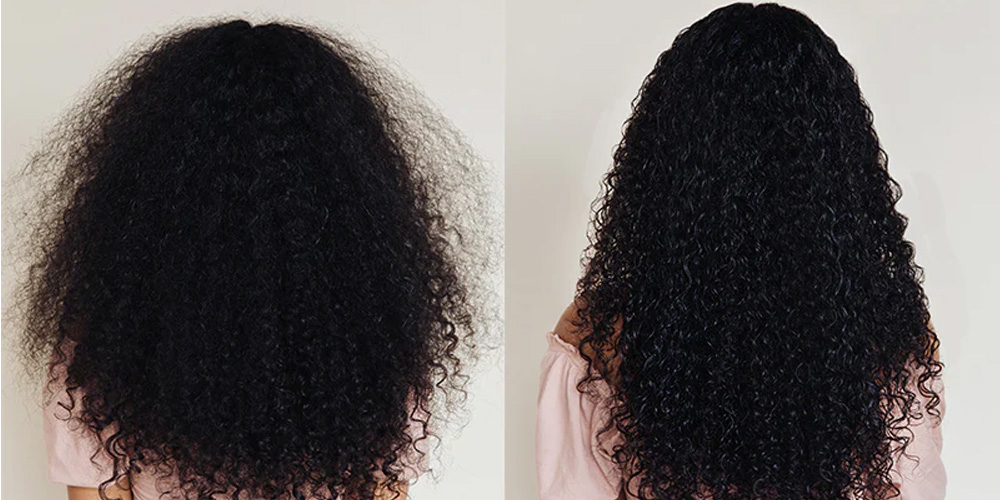
2.6. Improve Your Diet for Healthier Hair
The connection between nutrition and hair health cannot be overstated. A well-rounded diet rich in vitamins, minerals, and proteins plays a fundamental role in promoting strong, resilient hair.
Foods high in protein, such as fish, lean meats, eggs, beans, and nuts, are essential for hair growth and repair. Keratin, the primary protein found in hair, thrives with adequate protein intake. Incorporating omega-3 fatty acids found in salmon, walnuts, and flaxseeds can also provide essential nutrients that promote scalp health and reduce inflammation.
Moreover, vitamins such as biotin, vitamin E, and vitamin D support hair strength and growth. Leafy greens, berries, avocados, and citrus fruits offer a wealth of antioxidants that combat oxidative stress, enhancing hair vitality.
Stay hydrated by drinking plenty of water, as dehydration can lead to dry hair and scalp. Prioritizing a balanced diet complemented by proper hydration can transform your hair from within, leading to visible improvements in its strength and appearance.
2.7. Protect Hair While Sleeping
Nighttime habits can significantly influence the condition of your hair. Taking steps to protect your hair while you sleep can be a game-changer in preventing breakage.
Investing in a silk or satin pillowcase is an excellent first step. Unlike cotton, which can cause friction and pull on the hair, silk allows hair to glide smoothly, reducing breakage and frizz. This is particularly beneficial for those with curly or textured hair types.
Additionally, consider loosely braiding your hair or tying it in a loose bun before bed. This minimizes tangling while preventing strands from rubbing against each other, a common cause of breakage.
Using a leave-in conditioner or hair oil before sleeping can also provide added hydration overnight, ensuring that your hair remains nourished and more resilient to damage.
2.8. Handle Wet Hair with Care
Wet hair is at its most vulnerable state due to the structural changes it undergoes when damp. Therefore, handling wet hair correctly is vital in achieving your goal of how to fix broken hair.
After washing your hair, gently blot excess water with a microfiber towel rather than vigorously rubbing it. Microfiber towels reduce friction and absorb moisture more efficiently than traditional towels.
When detangling, always use a wide-tooth comb starting at the ends. Work your way up slowly to minimize pulling and decrease the risk of breakage. Avoid brushing wet hair entirely, as conventional brushes tend to cause more damage.
Consider applying a leave-in conditioner or lightweight serum to damp hair. This not only adds moisture but also creates a barrier that protects against environmental aggressors when your hair dries.
3. Preventing Future Hair Breakage
Having addressed the question of how to fix broken hair, it's equally important to focus on prevention. Building sustainable habits will ensure your hair remains healthy over time, minimizing the chances of breakage.
3.1. Adopt a Hair-Friendly Routine
Creating a hair-friendly routine is crucial for overall hair health. This includes establishing a consistent schedule for washing, conditioning, and treating your hair.
As mentioned earlier, aim to wash your hair only a few times a week to preserve natural oils. Choose products specifically designed for your hair type, whether it’s oily, dry, or color-treated. Pay attention to ingredient lists, opting for those free from sulfates and parabens, as these can lead to unnecessary damage.
Incorporating weekly treatments such as deep conditioning masks or hot oil treatments will also keep your hair nourished and protected. Consistency is vital; creating a routine that aligns with your lifestyle will yield the best results.
3.2. Regular Scalp Care
Healthy hair starts at the scalp. Neglecting scalp health can lead to multiple hair issues, including breakage. Implementing regular scalp care can rejuvenate your hair follicles and set the foundation for optimal growth.
Exfoliating the scalp every month or so can remove dead skin cells and product buildup, promoting better circulation and healthier hair growth. Consider using gentle exfoliating scrubs made specifically for the scalp, or opt for DIY methods using sugar or salt mixed with oils.
Regular oil massages can also stimulate blood flow to hair follicles. Essential oils like rosemary, peppermint, and jojoba oil are known for their nourishing properties. Massaging these oils into the scalp aids in relaxation and encourages stronger hair growth.
3.3. Minimize Stress and Maintain Overall Health
Stress can have an overwhelming impact on hair health, leading to conditions like telogen effluvium, where hair sheds excessively. Prioritizing mental and physical wellness can greatly enhance your hair's health.
Engaging in stress-reducing activities, such as yoga, meditation, or exercise, can foster a sense of calm and promote overall well-being. Practicing mindfulness can also alleviate daily pressures, ultimately benefiting your hair.
Ensure you’re getting enough rest; quality sleep is essential for recovery and repair. Balancing work-life commitments and nurturing relationships can create a harmonious environment that supports mental clarity and emotional stability.
Conclusion
Navigating the journey of fixing broken hair can seem daunting, but with the right knowledge and strategies, anyone can achieve healthy, vibrant locks. By understanding the causes of hair breakage, adopting a holistic hair care routine, and focusing on prevention, achieving your hair goals is within reach. Remember, consistency is key; with patience and dedication, your hair will undoubtedly flourish. Embrace these insights, and soon you'll notice the transformation in both the health and appearance of your beloved tresses.
LATEST POSTS
